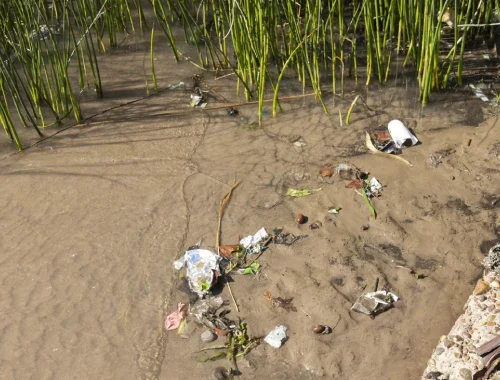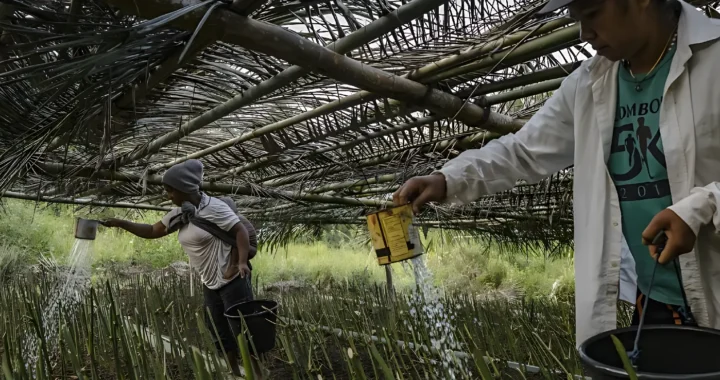The Issue of Global Healthcare Worker Shortage

Photo: National Cancer Institute on Unsplash
A quality healthcare system should be an indispensable part of society at all levels. While returning patients to health is a priority, the system must never overlook health workers’ welfare and wellbeing. The COVID-19 pandemic has exposed deep faults in global healthcare systems, leading to the healthcare worker shortage worldwide long after the worst has passed. Tackling this issue becomes an essential step in creating a functional healthcare system for all.
Healthcare Worker Shortage
In February 2024, doctors and trainee doctors in South Korea walked out of their jobs in protest of the government’s plan to increase the medical student enrollment quota. The plan was announced against the backdrop of healthcare worker shortage, especially in the country’s rural areas.
Meanwhile, many medical practitioners believe that increasing medical students’ admission will only provide a short-term fix to the issues. To create a better healthcare system, the South Korean government must also address the problems of low wages, lack of facilities, and long working hours.
The strike in South Korea illustrates a glimpse of the issue—the healthcare worker shortage occurs globally. The World Health Organization estimated that healthcare workers would fall by 10 million by 2023, especially in low- and lower-middle-income countries. This number is alarming, considering the ever-growing population and the possible threats of new diseases and climate-related disasters.
What are some of the factors that led to the crisis?
High Responsibilities, High Risks, Low Incentives
People working in the healthcare sector carry not only immense responsibilities but also great risks of occupational hazards. For instance, a study of health workers in India found that out of 394 respondents, 34.5% had experienced workplace violence between 2014 and 2015. Despite the prevalence, only 23.5% of cases were formally reported.
Besides violence at work, healthcare workers are also prone to stress and burnout, particularly due to the long working hours. These arduous working conditions are compounded by insufficient wages and a lack of supporting facilities, especially in remote areas. Healthcare workers receive little to no incentives to stay in rural areas, which affects the retention rate.
On the other hand, migration also exacerbates the healthcare worker shortage. Doctors, nurses, and other medical personnel from low- and lower-middle-income countries often leave for better opportunities.
“High-income “destination” countries – such as the United States, Canada, the United Kingdom, and Australia – are also responsible for recruiting healthcare workers to address their own shortages, thereby shrinking the workforce in some of the world’s most vulnerable countries,” wrote nurse and humanitarian worker Amanda McClelland in her Opinion article published by CNN.
Systemic Interventions Needed
The United Nations Sustainable Development Goals Target 3.8 aims to achieve universal healthcare coverage. According to the WHO estimation, this means having 4.45 healthcare workers per 1,000 people. Meanwhile, there are currently 55 countries with healthcare personnel deficits.
In 2016, the WHO released the “Global strategy on human resources for health: workforce 2030” as a key guiding document to achieve universal healthcare coverage through the availability of skilled healthcare workers. The organization has also published a document guiding the agreement for health worker migration and mobility.
At national levels, governments must mobilize resources and investment to improve healthcare facilities, especially in rural areas, and incentivize workers with adequate wages and reasonable working hours. Ultimately, addressing this issue must be prioritized, and systemic interventions are required to create functional and quality healthcare systems for all.
Editor: Nazalea Kusuma
Thank you for reading!
Green Network Asia – International Annual Individual Membership supports your personal and professional growth with unlimited online access to our “Exclusive Content” platform purposefully designed to showcase cross-sectoral insights on sustainable development and sustainability in the Asia Pacific and beyond. Enjoy the Membership benefits, including -but not limited to- public policy & regulatory updates, easy summaries of research findings & reports, and impact stories from governments, businesses, and civil society.

Kresentia Madina
Madina is the Assistant Manager for Membership at Green Network Asia. She graduated from Universitas Indonesia with a bachelor's degree in English Literature. She has three years of professional experience in editorial and creative content creation, editing, and research.


 Upholding the Machángara River’s Rights of Nature Against Pollution
Upholding the Machángara River’s Rights of Nature Against Pollution  Accelerating Gender-Responsive Disaster Management with Sendai Gender Action Plan
Accelerating Gender-Responsive Disaster Management with Sendai Gender Action Plan  ASEAN and the EU Support Sustainable Connectivity with a Higher Education Program
ASEAN and the EU Support Sustainable Connectivity with a Higher Education Program  Australia Proposes Right to Housing Bill to Tackle Housing Crisis
Australia Proposes Right to Housing Bill to Tackle Housing Crisis  World Cities Summit 2024: A Trigger to Help Build a Sustainable Singapore
World Cities Summit 2024: A Trigger to Help Build a Sustainable Singapore  Mama Bambu: How Women in Flores, Indonesia Take Part in Environmental Conservation
Mama Bambu: How Women in Flores, Indonesia Take Part in Environmental Conservation